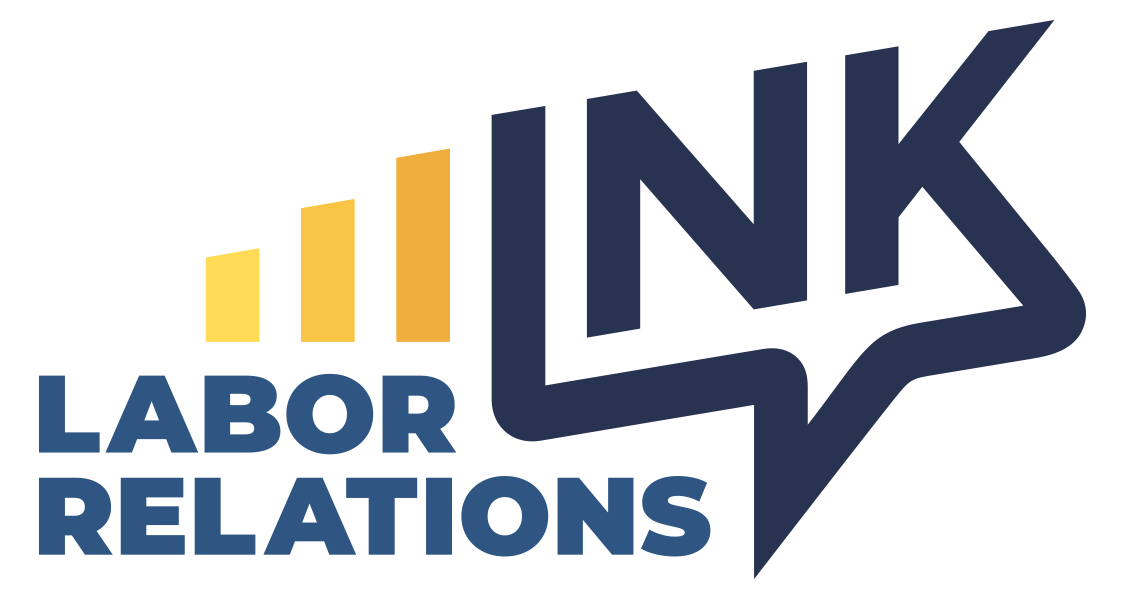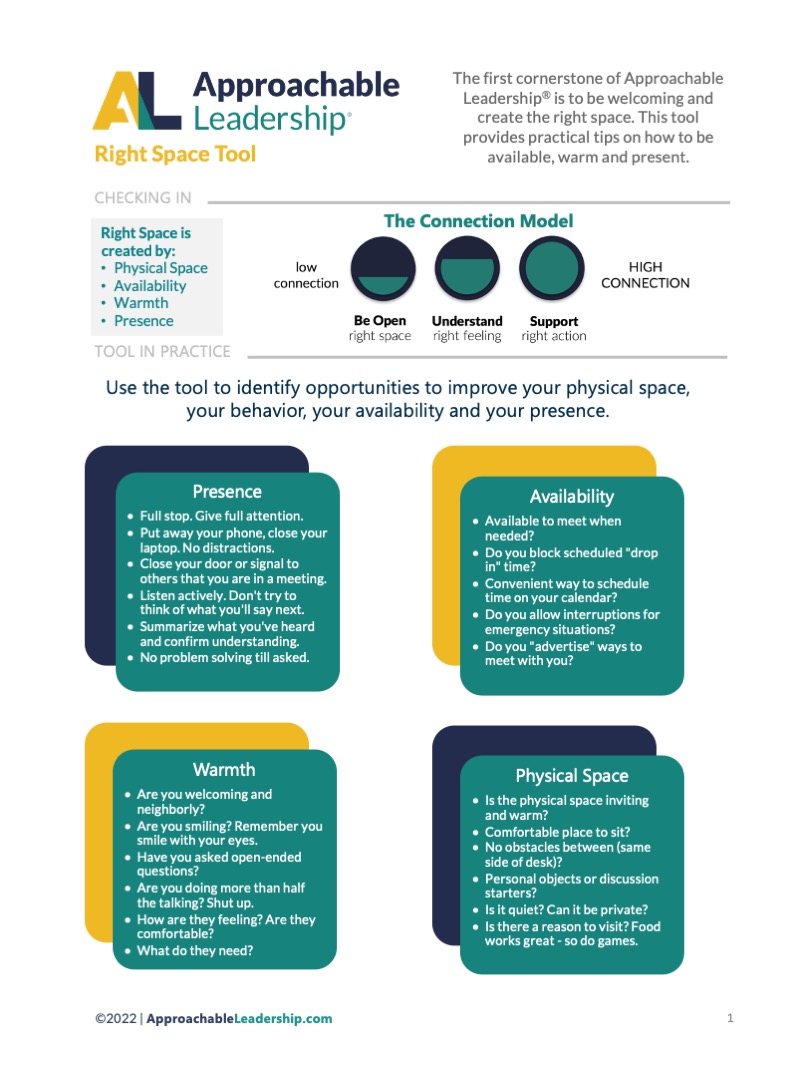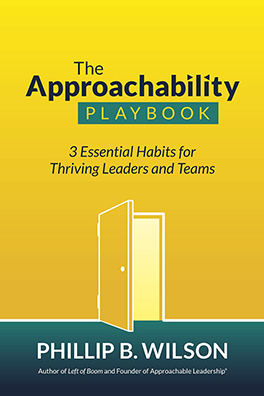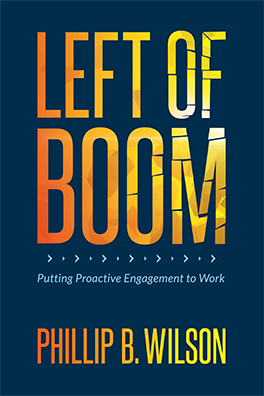Brendon Connelly (Slacker Manager) commented on my Appreciative Inquiry (AI) post about how to apply AI at work (for a description of AI see here). AI was originally conceived as a “whole-system” change intervention designed to engage an entire organization into a conversation about what gives life to the organization. This is typically done in large-group meetings (the folks at Case Western literally try to get the entire company into a large ballroom – including sometimes the top vendors, union leadership and other key stakeholders). These types of interventions are very difficult to pull off (I’ve never talked a client into doing a full, “all-hands” type AI intervention, although I have directed several interventions that engaged the whole system or large parts of the system in smaller group settings). It takes a lot of leadership, courage and vision on the part of the company to buy into a large scale AI intervention; these characteristics that are unfortunately in very short supply in most organizations today. Thus I encourage smaller units within organizations to try out “mini-AI” interventions, which can still be very powerful. While I think you lose some of the energy by doing “mini-AI” interventions, I strongly believe something is better than nothing and that if you limit its use to large scale change events that most organizations will never enjoy the benefits of AI – and that would be a shame. So you asked for some ideas on how to implement AI? Here are a few I can think of off the top of my head (if these generate any other ideas I encourage others to add their own through the comments). In no particular order: 1. Use appreciative interviews as an “icebreaker” for a team meeting (have co-workers interview each other about the time they felt most alive at work – what I like to call their Sportcenter Highlight moment) and have the interviewer share that story with the group. 2. Add appreciative questions to company surveys. You can feed back the results along with the other results, or compile them into a book that can be shared with those inside and outside the organization. I remember seeing a book on one airline years ago (American I think) that included stories from employees about customer service “highlights” – it was really uplifting and fun to read. 3. Videotape appreciative interviews and compile them into a video to show at a company party or other company event. Again these videos can become very powerful messages to new employees, customers, the public or others. 4. Use it as part of your employee review process – i.e. describe fully the time you felt most alive at work in the last year. This should be especially helpful for Brendon since he’s committed to getting reviews done. 5. Try to approach your next “problem” conversation with an appreciative point of view: what resources or strengths do we have as an organization that allow us to solve this challenge? Those are just a few ideas. There have to be many more – any suggestions?
Applying Appreciative Inquiry
by Phillip Wilson | Dec 2, 2004 | News
INK Newsletter
You have Successfully Subscribed!
Labor Relations Insight
- A Year-Long Beverage Strike: Fact Vs. The Teamsters Fiction
- Tipping As A Battleground: Unions, McDonald’s, And Shifting Federal Policies
- Starbucks Workers Try To Turn Up the Heat Without Big Strike Power
- From Nurses To Manufacturers: Work-Life Balance That Also Saves Money
- The New Workplace Risk: Cultural Flashpoints and Employer Response






